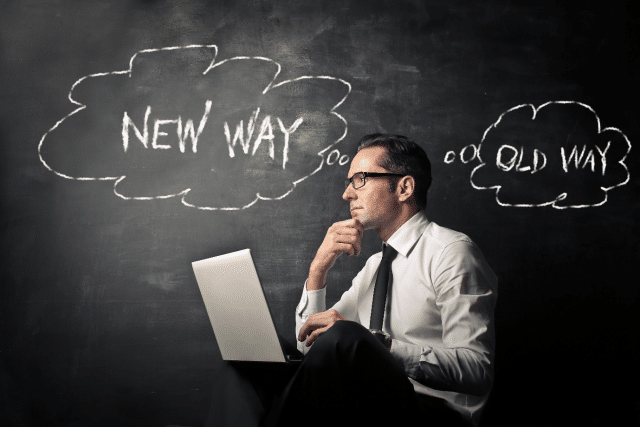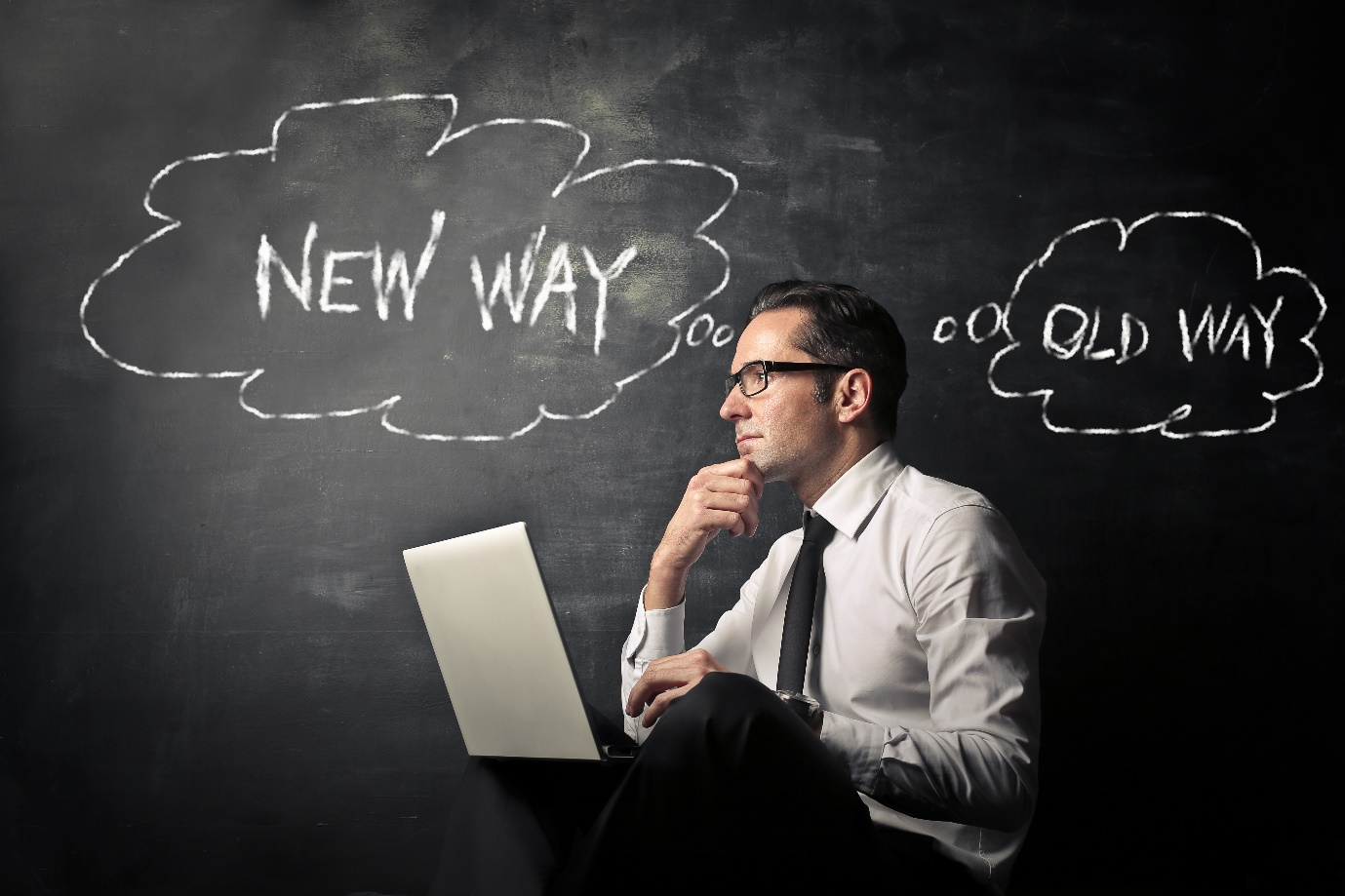WFH - “The Old Patrons” but Need to be “Served” New Wine

Jul 4, 2021
Last updated on Dec 15, 2023
Is “Adapting” – the most popular keyword in 2020 when businesses switch to work from home (WFH) - still the first priority of HR strategy in the second year of Covid? In the continuous turbulence of current life, human resource managers are still actively finding optimal solutions to serve WFH, “the regular” who prefer dainty morsel.


“Repeat the old way” or change?
Is old wine suitable for the patrons?
In the first year of Covid, according to a survey by OWL Labs in the USA, despite having been trained on remote management skills, 69% of managers are still concerned about their employees’ productivity during the WFH. Similarly, Vietnamese managers also share a common mentality in the first application of this working method. Therefore, many adaptive measures have been implemented rapidly by the HR department to others in order to “lift up” employees’ productivity.
However, in the second year of Covid, WFH is no longer a novel practice and adaptive measures have been applied by businesses properly. Thus, if an HR manager repeats the old measures mechanically, he/she may not receive the expected results, as the employees has perceived WFH in a different light. According to the Microsoft Work Trends Index 2021 report, employees are not constrained by the traditional perception of time and workspace. Additionally, 73% of workers desired to continue to work remotely. In consequence, “adaptation” was not the relevant keyword. The old measures are recommended to be replaced by new suitable “tactics”.
New wine – how to serve customers right?
Although there is no perfect and constant answer for the management dilemma, the following strategies will untangle businesses in the new WFH.
The actual benefit is the first keyword. In 2021, no longer frantically trying to put everything into motion before the visit of the “uninvited guest” WFH like season 1, HR managers are expected to have some ideas on how to adjust welfare to suit the current time. According to a survey by the consulting firm Mercer, 57% of employees shared that company welfare was more important now than ever. It is necessary to face the fact that some benefits such as free parking, lunch packages, tea break, etc, are no longer valid in the WFH period. Therefore, instead of wasting the excess budget, businesses should consider re-investing in a new practical benefit package such as a telehealth program, mental health support, cost-sharing for deductions, additions of voluntary benefits, etc.
Increasing connectivity is a key strategy. Connectivity barrier in the WFH era is inevitable, especially for a workforce that has just laid the first bricks on the career path like Gen Z. Specifically, 14% of Gen Z have difficulty in expressing their own opinions. Besides, another 16% said they had problems sharing their ideas in meetings, according to a report by Microsoft. Therefore, businesses need to prioritize the goal of ensuring connectivity on the checklist.

Making more connections and being more attentive to employee experience are “the keys to success” during the pandemic.
Logically, besides the common connection methods, managers and employees can apply an online daily to-do list, a deadline reminder application, etc., to ensure that all the stakeholders are on the same track. In terms of emotional side, managers need to improve communication, be willing to listen to employees’ confidence, actively encourage and give feedback, and commit to employees’ rightfully-earned benefits in the post-pandemic terms.
Catching up with the trend of “working remotely”. A 2020 Gallup factual report showed that 58% of employees regularly or occasionally worked from home and notably, they all expected it to be the new working model in the future. It showed that WFH is not only a temporary solution during the pandemic, but it is also predicted to be “a usurper of the throne” in the working trend.
With this in mind, businesses can consider changing their working policies, giving employees more flexibility to choose a workplace as long as employees’ performance is not affected. According to Gartner’s research in June 2020, 43% of businesses have adopted a flexible schedule of switching between working from home and working in the office. In Vietnam, Talentnet has also applied a more flexible working model when allowing employees to WFH for at least 12 days a year, depending on their management level. According to Ms. Nguyen Thi An Ha, Head of Strategic Partnership of Talentnet, this is the first step in the transition to remote working, which gives employees more time to “reconnect” with the working environment. Therefore, employees can have a comfortable mentality to “living with the flood”.
“No man ever steps in the same river twice” – the famous quote of the philosopher Heraclitus can be applied to imagine a situation where the WFH “patrons” need to be treated to a “pot of new wine” every time they returns. Therefore, do not be subjective, neglected, or “sleep” on the previous achievements. HR managers should always refresh the management strategy, stabilize the workers’ mentality to overcome the upcoming post-Covid waves.

Solve your HR problems!
6th Floor, Star Building, 33 Mac Dinh Chi, Saigon Ward, Ho Chi Minh city, Vietnam

